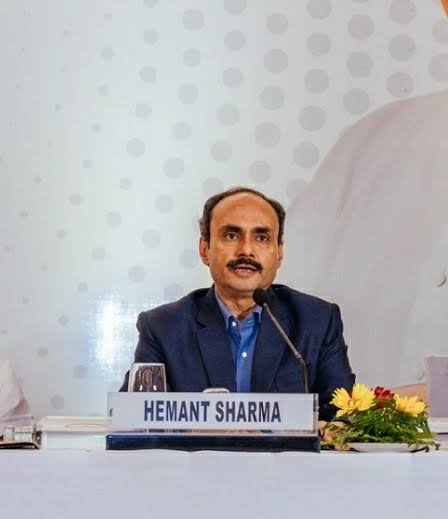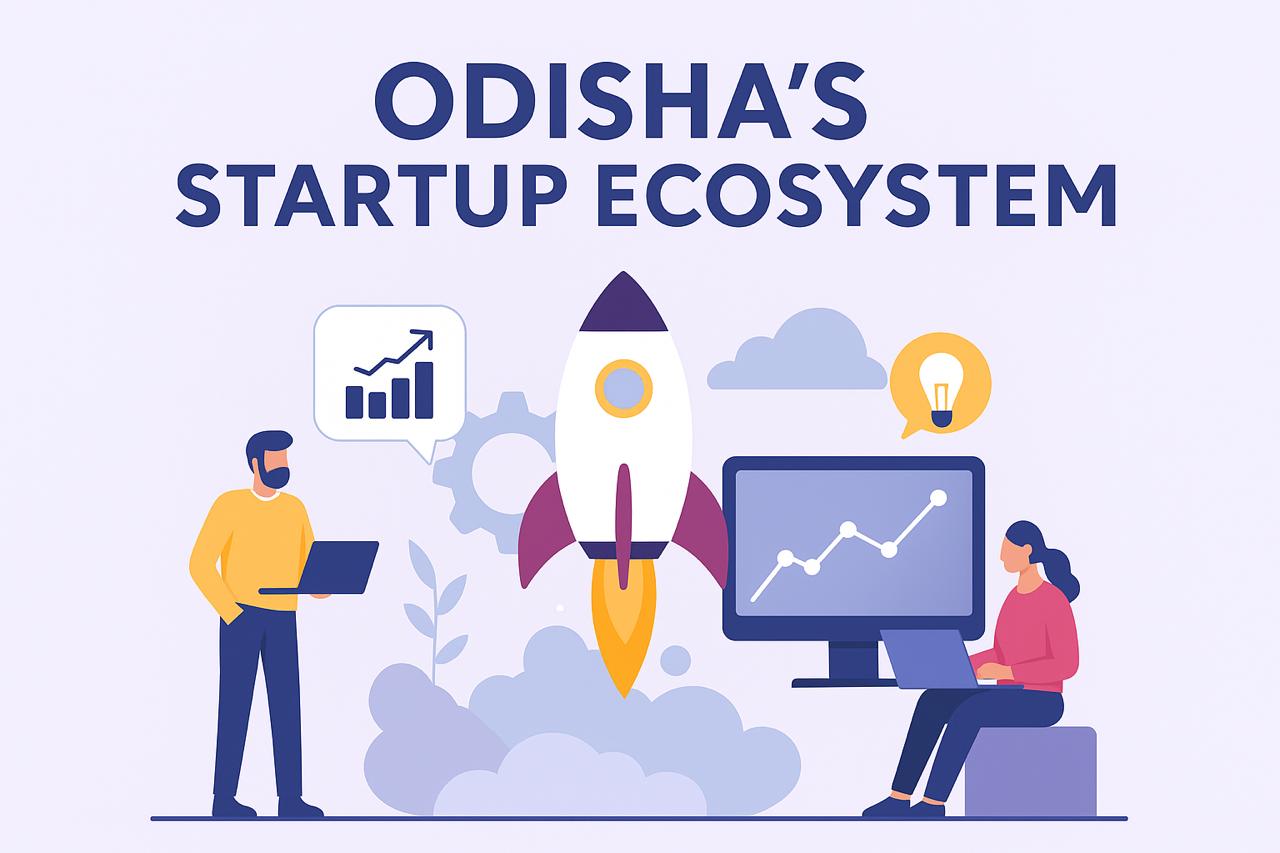Odisha Sees Shift in Public Sentiment as Industry Demand Drives Vision for Viksit Odisha 2036

ACS Hemant Sharma highlights roadmap for industrial-led growth at TNIE Odisha Dialogues
Bhubaneswar : Odisha is witnessing a generational shift in public perception—from resistance to a strong demand for industrial development. This growing acceptance and aspiration for industries is propelling the state’s journey towards achieving the vision of a developed Odisha by 2036, said Hemant Sharma, Additional Chief Secretary of the Industries Department, during the TNIE Odisha Dialogues.
Sharma stated that the state’s vision for Viksit Odisha @2036 and Viksit Bharat @2047 is built on a strong foundation of agriculture, manufacturing, and services. However, as economies advance, the contribution of agriculture reduces proportionally while manufacturing and services surge ahead. He clarified that agriculture would not diminish in value but its relative share would shift. The goal is to expand Odisha’s Gross State Domestic Product exponentially, with manufacturing and services becoming the dominant contributors.
He emphasized Odisha’s natural strength in mining and metallurgy. Though resource-rich, the state currently taps only a fraction of its potential. Minerals like coal, iron ore, and bauxite must be utilized efficiently through value addition. Global trends show increasing reliance on recycled metals, and Odisha must scale metallurgical industries like steel, aluminium, and cement accordingly. To meet future targets, industrialisation must accelerate considerably.
Sharma pointed out Odisha’s underutilised coastline. With nearly 500 km of coast but only three operational ports, the state lags behind Andhra Pradesh, Gujarat, and Maharashtra. By 2036, Odisha aims to increase its ports to at least 15. But achieving this goal requires more than planning—it demands collective consensus and societal support for industrial development, land acquisition, and modernisation of agriculture.
On the reasons behind past delays, Sharma cited lack of financial resources. Until 2016, the state budget hovered around ₹60,000–80,000 crore. Now it has crossed ₹2 lakh crore, giving the government the capacity to invest in development. A notable change is public sentiment. Youth now demand industries and jobs within their localities instead of migrating to other states. Public hearings that once faced resistance are now platforms for industry demands.
Sharma acknowledged that while Odisha has improved investor outreach and single-window systems, challenges remain in land acquisition, logistics, and law and order. Land demand has surged from 100 acres annually a decade ago to over 10,000 acres today. To streamline processes, the government has set up District Investment Promotion Agencies to assist investors and expedite land allocation.
He said political leadership is fully aligned with the industrial development agenda. Job creation remains the top priority for political parties, and they understand that manufacturing and services—not agriculture—can meet employment needs.
On investments, Sharma said Odisha has become selective. During the last investment conclave, only 150 out of over 600 proposals were approved. In the last 15 months, project grounding has outpaced the previous seven years, with over ₹2 lakh crore already grounded and another ₹2–3 lakh crore in the pipeline. The goal is to cross ₹5 lakh crore by 2025–26.
Speaking on major projects, he confirmed that the JSW steel plant at Paradip is progressing as scheduled with over 2,000 workers on site. The AM/NS project is advancing across Kendrapara, Jagatsinghpur, and Keonjhar-Sundargarh, though delays occurred due to environmental clearances and eco-sensitive zone considerations.
Addressing raw material concerns, Sharma assured sufficient ore availability for upcoming refinery projects by Vedanta and the Aditya Birla Group. Discussions with stakeholders are ongoing, and local support remains strong.
On global challenges like US tariffs, he said Odisha is impacted as many industries depend on US markets, but diversification efforts and India’s diplomatic ties offer hope.
Sharma also acknowledged that many of Odisha’s 150 industrial estates suffer from poor infrastructure. To revive them, the state has increased budgetary support from ₹50 crore to ₹200 crore annually and introduced a ₹500 crore Industrial Infrastructure Upgradation Fund.
He admitted MSMEs remain a weak link but said efforts are being made to support them with land, credit, subsidies, and space in industrial clusters. Growing large industries and entrepreneurship are expected to boost MSME participation.
Looking ahead to 2036, Sharma projected a transformative Odisha—with at least 10 ports, 150 million tonnes of steel production, 10 million tonnes of aluminium, and two major petrochemical complexes. Every district will host at least two MSME clusters, and new sectors like textiles, food processing, packaging, electronics, and apparel will flourish. Manufacturing and services are expected to contribute 40 percent each to the economy—marking Odisha’s transition to a developed state.









